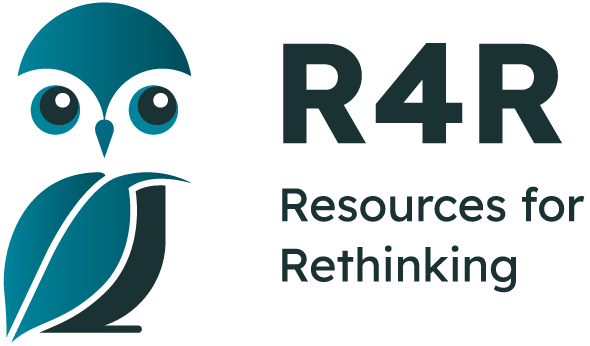- Home
- Tutorial
- Resource Guides
- Focus Areas
- LSF Programs
-
Professional
Development - Review Process
-
A project of LSF

Search for Resources

Resources
1 - 19 of 19 Results
-
Buy Nothing Day
This lesson plan focuses students attention on the issue of consumerism and asks them to consider its benefits and drawbacks. Students identify the different influences on their spending habits with special attention to the role of the media. ...
Full curriculum matchAvailable for download -
Reducing Global Consumption
This resource focuses attention on the relationship between human consumption and environmental degradation, with particular attention paid to declining biodiversity. Students first become familiar with a number of concepts including...
Full curriculum matchAvailable for download -
The Story of Stuff
This video provides a fast-paced, fact-filled look at the underside of our production and consumption patterns. Using cartoon graphics, host Anne Leonard explores the many connections between global economic, environmental, and social issues, and challenges...
Full curriculum matchAvailable for download -
Happiness
In this animated video Oliver, Brad and Clementine participate in the Challenge of the Sphinx where they are given 60 seconds in a toy store to collect whatever objects make them happy. Brad and Oliver collect shopping carts full of toys, but are only...
Full curriculum matchAvailable for download -
The Wasteland
CBS 60 Minutes follows the "recycling" of e-waste from Denver Colorado to a community in southern China. In the process they uncover an underground network of illegal smuggling that starts with American consumers "doing the right thing" in dropping...
Full curriculum matchAvailable for download -
Where does e-waste end up?
Where does e-waste end up? answers the question it poses and the answer in this case is India, where the poor risk their health to salvage valuable elements used in their manufacture. The discussion raises and answers a number of questions-why India?...
Full curriculum matchAvailable for download -
Re-thinking Progress
'Re-thinking Progress' explores how through a change in perspective we can re-design the way our economy works. It suggest that we move from our current liner economic structure based on take, make, and dispose to a circular economy where we build...
Full curriculum matchAvailable for download -
Needs vs Wants
In developed nations like Canada we live in a world of abundance where the desire for the latest products often outweighs the social and environmental costs of our purchases. This lesson develops the financial decision-making skills of young students...
Full curriculum matchAvailable for download -
Understanding the Challenges of Finite Resources
This lesson is part of a series of lessons which introduce students to a different way of thinking about how our economy could work: a circular economy. The series builds up exactly how a circular economy is different from the status quo, and looks at...
Full curriculum matchAvailable for download -
Personal Consumption and Climate Change
The toolkit is designed to support and encourage teachers, tutors and lecturers to integrate some of the concepts of sustainable development into teaching and learning. It focuses in particular on using photographs and a range of active teaching and learning...
Full curriculum matchAvailable for download -
Perils of Plastic
Students learn about the world's largest "landfill," make a connection to their own lives, and calculate how much trash they generate in a week, a year, ten years.
Full curriculum matchAvailable for download -
Reduce, Reuse, Recycle
Building on Needs vs Wants, this multi-step lesson contributes to the theme of responsible consumption by focusing attention on how we all can and should work to protect the earth’s natural resources. Through a number of engaging activities...
Full curriculum matchAvailable for download -
Buy, Use, Toss?
Buy, Use, Toss? is a two-week unit that provides multiple entry points to help students think critically about consumption. This series of ten thoroughly planned lessons lead your students through an exploration of the systems of producing and consuming...
Full curriculum matchAvailable for download -
You Can Live Without Producing Trash
Did you know the average American produces 4.3 pounds of trash per day? In this eye-opening short video, Laura Ling will show us how one New York woman is making an effort to change the way we think about waste. Over the past two years, Lauren Singer...
Full curriculum matchAvailable for download -
Circular Economy Explained
This is a short video explaining the concept of the Circular Economy. The circular economy and the associated concept of system thinking represent a significant contribution in moving towards a sustainable future. The video is an effective introduction...
Full curriculum matchAvailable for download -
Trading Textiles
Trading textiles is a lesson plan built for students to reflect on the impact of the textile industry and the affects on our environment and options they could implement in order to diverting textile waste from landfills. In small groups students will...
Full curriculum matchAvailable for download -
Tuyen's Tremendous Trash Tour - Book 5
Earthly continues her travels to Hanoi, Vietnam where she meets her friend Tuyen to explore the local landfill. Climbing the mountains of trash with Tuyen's sister Minh, they learn that not all garbage belongs at the dump. Although the whole experience...
Full curriculum matchAvailable for download -
Fashion's Waste Problem
This short video explains the facts about textile waste in the fashion industry and the concept of fast fashion. The hosts of the program describe the various ways in which textile waste is produced and the impact it has on the planet. The videos also...
Full curriculum matchAvailable for download -
The Secret Lives of Clothes
This short program examines 'ethical fashion' and focuses on the working conditions of the hidden people who make our clothes. The hosts illustrate the difference between minimum wage and a living wage while also discussing examples of modern slavery,...
Full curriculum matchAvailable for download

